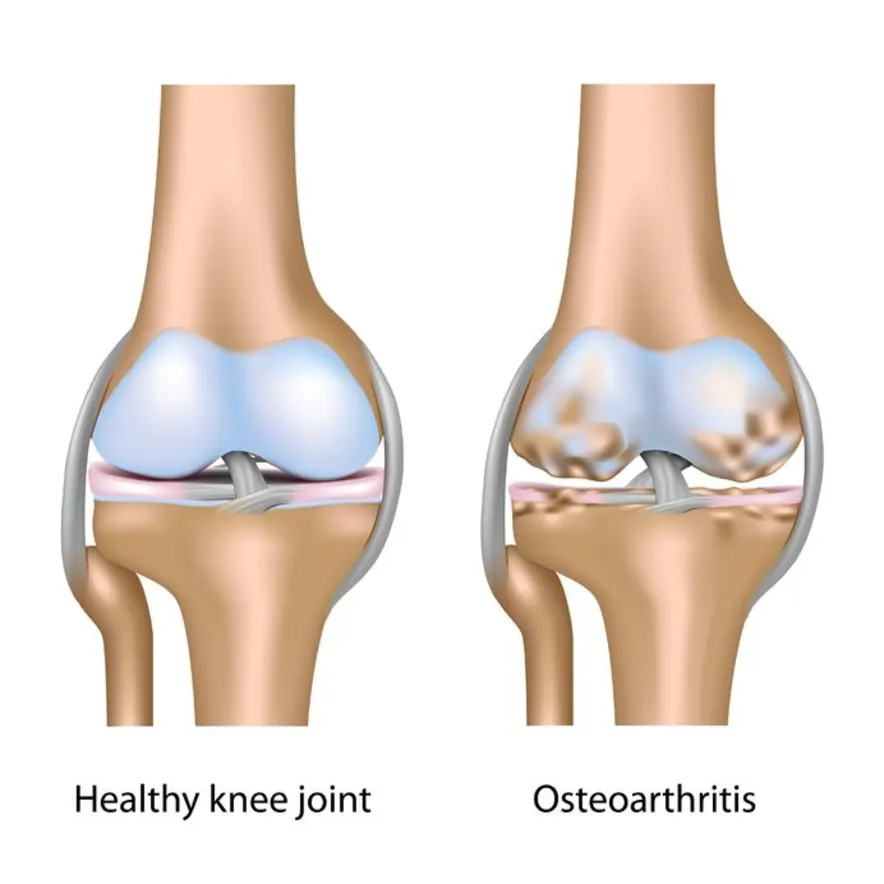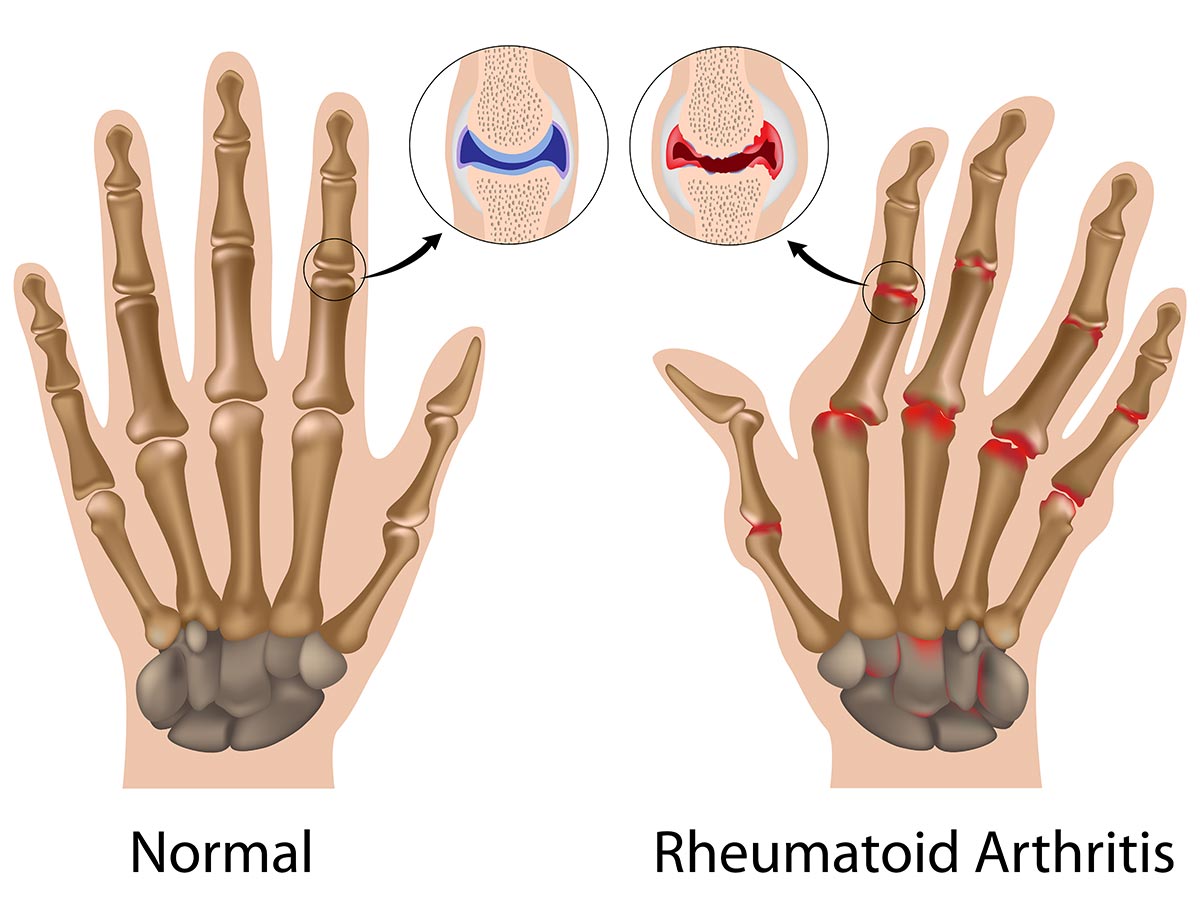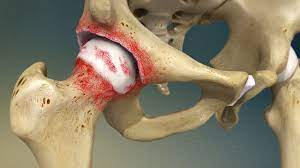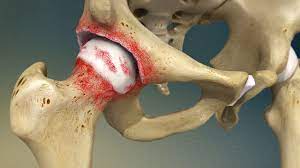Osteoarthritis, Rheumatism, Joint Pain
Root Cause of Disease
Most forms of arthritis are thought to be caused by a fault in the immune system that causes the body to attack its tissues in the joints. This may be inherited genetically.
Other forms of arthritis can be caused by problems with the immune system or by a metabolic condition, such as gout.
Types of arthritis
- Osteoarthritis (OA) is the most common form of arthritis. Some people call it a degenerative joint disease or “wear and tear” arthritis. It occurs most frequently in the hands, hips, and knees.
- Rheumatoid arthritis (RA) is an autoimmune and inflammatory disease, RA commonly affects joints in the hands, wrists, and knees.
- Gout is a common form of inflammatory arthritis that is very painful. It usually affects one joint at a time (often the big toe joint).
- Psoriatic arthritis is a type of arthritis linked with psoriasis, a chronic skin and nail disease. Psoriasis causes red, scaly rashes and thick, pitted fingernails.
- Reactive arthritis is joint pain and swelling triggered by an infection in another part of the body, most often the intestines, genitals, or urinary tract.
- Septic arthritis is a painful infection in a joint that can come from germs that travel through your bloodstream from another part of your body.
Symptoms
The most common signs and symptoms of arthritis involve the joints. Depending on the type of arthritis, signs, and symptoms may include:
- Pain
- Stiffness
- Swelling
- Redness
- Decreased range of motion
Causes
Arthritis is caused by:
- Broken bone Infection in the area (usually caused by either bacteria or viruses)
- An autoimmune disease (this is where the body attacks itself because the immune system perceives a certain body part to be foreign)
- General wear and tear of joints (possibly from old age, exercise, etc.)
- Injury (leading to osteoarthritis)
- Metabolic abnormalities (such as gout and pseudo gout)
- Hereditary factors
- Infections
- Certain unclear reasons (such as rheumatoid arthritis)
Home Remedies to treat Arthritis
Remedy – 1: Ginger
Materials: Ginger
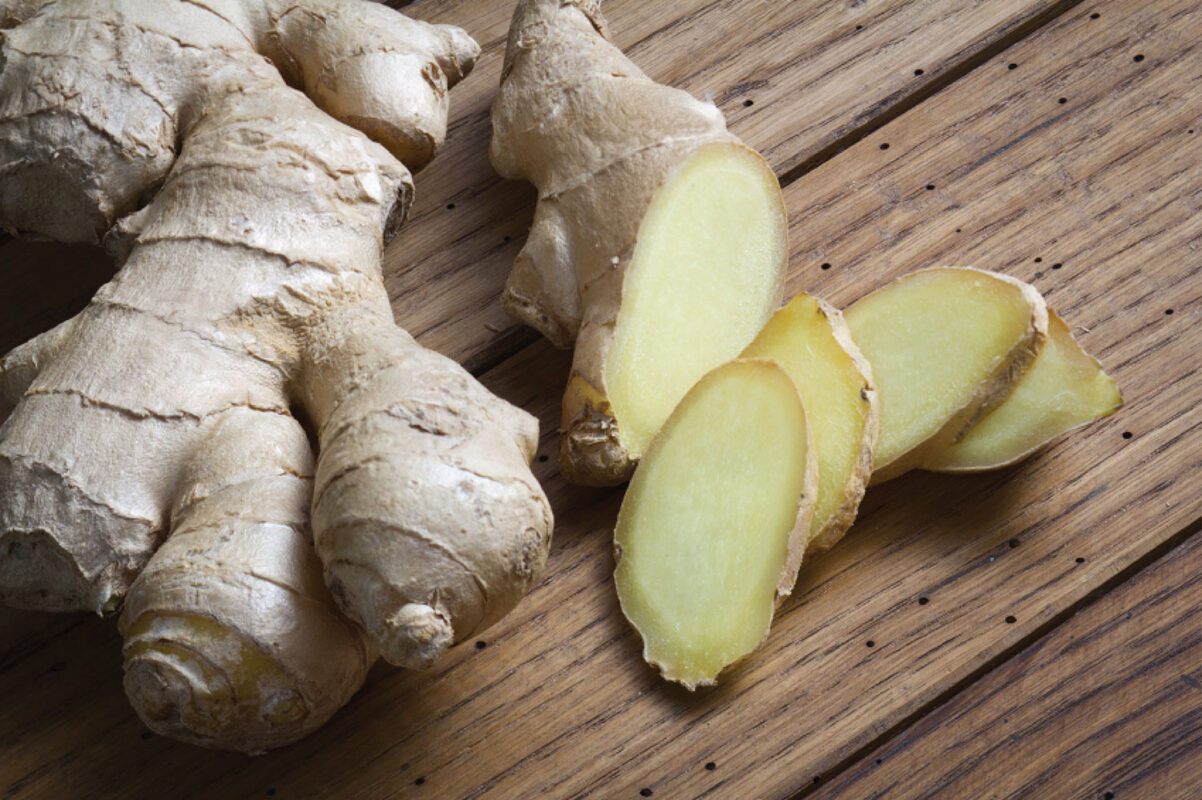
Ingredients in ginger could form the basis of a pharmaceutical treatment for rheumatoid arthritis. It could not only help manage symptoms but also help prevent bone destruction.
Uses of ginger:
- Soothes an Upset Stomach
- Reduces Inflammation
- Lowers Blood Sugar
- Reduces Cancer Risk
- Relieves Menstrual Cramps
Procedure:
You can consume ginger in various ways. These may include:
- Making tea by infusing tea bags or fresh ginger in boiling water for 5 minutes.
- Adding powdered ginger to baked goods.
- Adding powdered ginger or fresh ginger root to savory dishes.
- Grating fresh ginger onto a salad or stir fry.
The amount of ginger consumed in food or drink can be significantly less than in an oral supplement. Check with a doctor before increasing your intake of ginger, as it can interfere with some medications, such as warfarin (Coumadin), a blood thinner.
Product link: Ginger
Remedy – 2: Green tea
Materials: Steel pot, Green tea bag
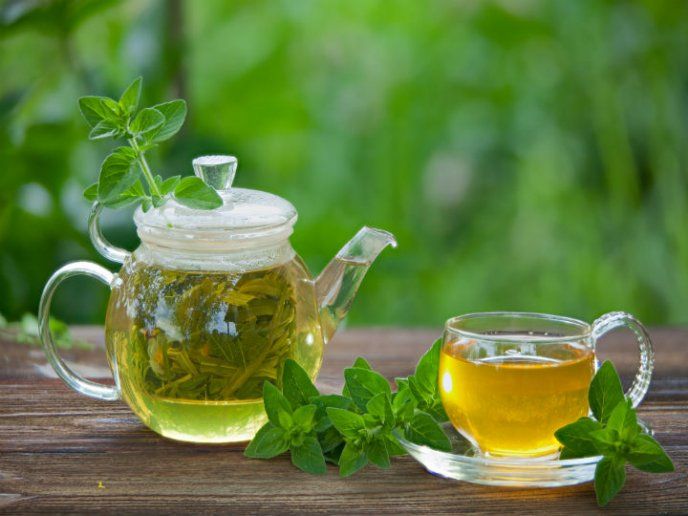
Green tea is a popular beverage. The antioxidants it contains may help fight the inflammation that occurs with Osteoarthritis, Rheumatoid arthritis.
You can take green tea as:
- A beverage
- Powder (matcha) for sprinkling on food or adding to smoothies
- Supplements
Procedure:
- Heat the water in a steel pot. Make sure it doesn’t come to a boiling point, which is 100 degrees C. The temperature of the water should be around 80-85 degrees C.
- Put the green tea bag into the clay or steel cup.
- Pour the hot water into the cup and cover it with a small lid. Let it steep for 3 minutes
- After 3 minutes is over, remove the lid and remove the tea bag.
- Stir with a spoon and take a rejuvenating sip!
Green tea is likely to be safe for most people. As a beverage, it may be a healthier option than some coffees, soda, and other sweetened drinks, as long as you don’t add sugar.
Product link: Green-tea
Remedy – 3: Acupuncture
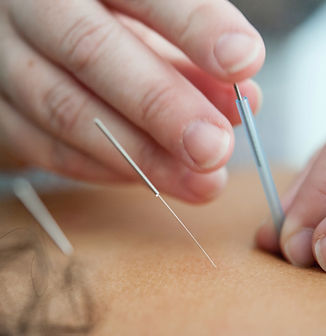
Acupuncture is an ancient Chinese medical treatment that involves inserting thin needles into specific points on your body. Practitioners say it works by rerouting energies and restoring balance in your body.
Acupuncture reduces arthritis pain, and the ACR/AF conditionally recommends it. While there’s not enough evidence to confirm its benefits, the risk of harm is considered low.
The benefits of acupuncture include the following:
- People can effectively combine acupuncture with other treatments.
- Effective acupuncture can help manage migraine and headaches.
- Acupuncture carries a low risk of side effects.
- It is a flexible form of treatment that can target numerous health concerns at once.
Be sure to find a licensed and certified acupuncturist to carry out this treatment.
Other Remedies
- A gentle massage with olive oil will give a lot of relief.
- Take equal amounts of water and freshly extracted potato juice and drink it daily.
- Rub the aching joints with hot vinegar just before going to bed.
- Take 10 gms of camphor and put it in a glass bottle filled with 100 gms of mustard oil. Keep this bottle in the sun till the camphor dissolves. Apply this oil to the joints daily.
- A teaspoon of black sesame seeds, soaked in a quarter cup of water and kept overnight, has been found to be effective in preventing frequent joint pains. The water in which the seeds are soaked should also be taken along with the seeds first thing in the morning.
- Drinking water kept overnight in a copper container accumulates traces of copper, which is said to strengthen the muscular system. A copper ring or bracelet is worn for the same reason.
Preventions
- Stay at a healthy weight. Extra pounds put pressure on weight-bearing joints like hips and knees. Each pound you gain adds nearly four pounds of stress on your knees and puts six times the pressure on your hips.
- Control your blood sugar. High blood sugar can stiffen the tissue that supports your joints and make them more sensitive to stress.
- Exercise. Just 30 minutes of exercise five times a week helps joints stay limber and strengthens the muscles that support your knees and hips. Focus on low-impact exercises like walking, cycling, or swimming.
- Stretch. Gentle stretching can improve your range of motion and keep your joints limber. Try to work in simple stretches every day.
- Avoid injury. An injured joint is more likely to develop arthritis than one that was never injured. Wear protective gear when playing sports and always lift with your knees and hips, not your back.
- Quit smoking. Smoking puts stress on tissues that protect your joints and can lead to arthritis pain. Learn how Blue Cross can help you quit.
- Eat fish twice a week. Eat fish high in Omega-3s, like salmon, trout, and mackerel. Omega-3s have many health benefits and may reduce inflammation.

